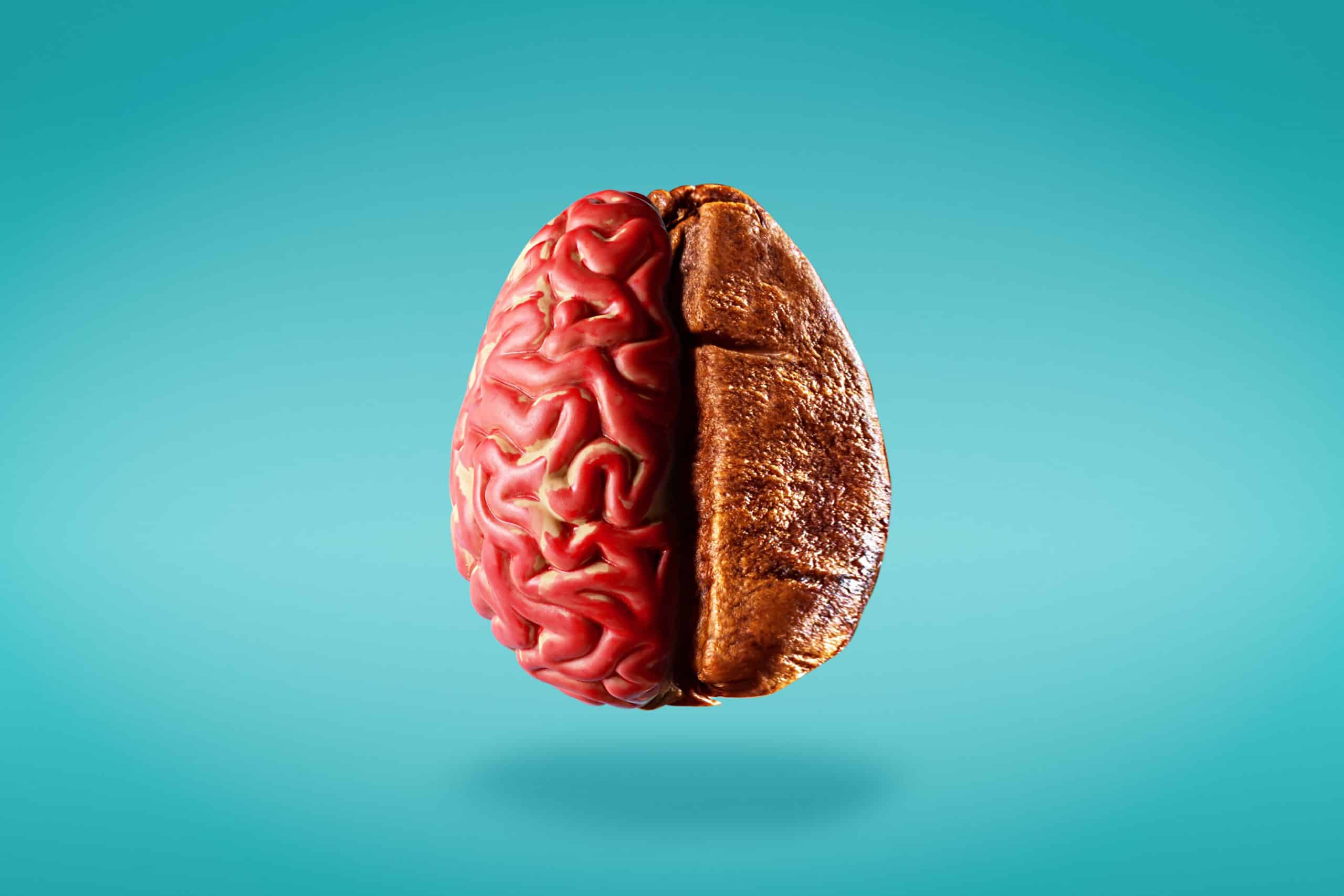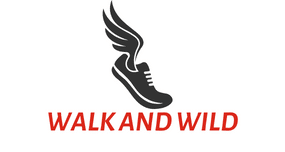What Are the Latest Non-Invasive Techniques for Brain Stimulation in Treating Depression?

Depression is a relentless beast that ensnares millions worldwide in its cold clasp, robbing them of joy, energy, and the ability to lead fulfilling lives. Traditional therapies have provided solace for many, but there remains a substantial population whose depression resists these approaches. The quest for alternative treatments brought the medical world to the doorstep of brain stimulation therapies. In this article, we will delve into the latest non-invasive technologies in use for treating depression, including repetitive Transcranial Magnetic Stimulation (rTMS) and Transcranial Direct Current Stimulation (tDCS). We shine a light on the clinical studies supporting these technologies and explore their efficacy in battling depression.
Understanding Brain Stimulation Therapies
Before we dive into the specifics of rTMS and tDCS, it’s vital to lay the groundwork by explaining what brain stimulation therapies are. These are treatments that involve activating or touching specific areas of the brain with electricity, magnetic fields, or implants to treat depression and other mental health conditions.
A voir aussi : Can Regular Use of Compression Socks Benefit Individuals with Venous Insufficiency?
The relevance of brain stimulation in depression treatments lies in the disorder’s biology. Depression is often linked to altered activity in certain areas of the brain. Brain stimulation therapies aim to rectify this abnormal activity, thus alleviating depression symptoms.
Repetitive Transcranial Magnetic Stimulation (rTMS)
The first technique we’ll examine is repetitive Transcranial Magnetic Stimulation, or rTMS. This method employs a coil to produce magnetic fields, which in turn generate electric currents in the brain tissue. These currents then stimulate the areas of the brain involved in mood control and depression.
En parallèle : What Are the Nutritional Considerations for Vegan Athletes to Optimize Performance?
A meta-analysis of numerous rTMS studies revealed its potential in treating depression. These studies found that rTMS was more effective in reducing depressive symptoms compared to a sham (placebo) treatment. The effects of rTMS appeared most robust when high frequencies were used, specifically in the left prefrontal cortex, a brain area associated with positive mood regulation.
Transcranial Direct Current Stimulation (tDCS)
Transcranial Direct Current Stimulation (tDCS) is another non-invasive brain stimulation technique that has shown promise in treating depression. tDCS works by delivering a weak electric current to the brain through electrodes placed on the scalp. This current can either increase or decrease neuronal activity in specific brain regions, depending on the current’s direction.
Recent clinical trials have found tDCS to be a safe and effective depression treatment. One notable study published in Crossref found that tDCS resulted in a significant reduction of depressive symptoms compared to a sham treatment. Moreover, this improvement persisted even after the treatment had ended, suggesting enduring therapeutic effects.
Comparing rTMS and tDCS
Both rTMS and tDCS have shown potential in treating depression. But how do they stack up against each other? A multi-site study published by Google Scholar compared the effectiveness of tDCS and rTMS in treating major depressive disorder. The findings showed that both techniques were equally effective in reducing depressive symptoms. However, tDCS was found to be more tolerable for patients due to its less invasive nature, making it a preferable option for some.
The Future of Non-Invasive Brain Stimulation
Despite the promising results of rTMS and tDCS in treating depression, many questions remain unanswered. For instance, what is the optimal frequency and duration of stimulation for each technique? What long-term effects might these treatments have on brain function? These and other questions will need to be addressed through further research.
In the meantime, the future of non-invasive brain stimulation is bright. A new frontier of depression treatment has been opened up by these techniques, offering hope to patients for whom traditional treatments have failed. As researchers continue to refine these technologies and understand their mechanisms, we can look forward to more effective, personalized treatments for depression.
What’s clear is that advances in non-invasive brain stimulation represent a significant step forward in the fight against depression. While more research is needed to fully understand and optimize these techniques, their potential to provide relief for millions of people worldwide is undeniable. As science continues to push the boundaries of what’s possible in mental health treatment, we look forward with anticipation to the future of depression therapy.
Theta Burst Stimulation (TBS)
A newer non-invasive brain stimulation technique known as Theta Burst Stimulation (TBS) has also been gaining recognition in the field of depression treatment. Unlike rTMS and tDCS which involve continuous stimulation, TBS involves applying bursts of high-frequency stimulation in very short periods.
TBS is a modified form of rTMS that aims to mimic the natural rhythms of the brain, known as theta rhythms. This form of stimulation is deemed to be potentially more effective due to its capacity to induce longer-lasting changes in the brain’s plasticity, which may lead to more pronounced improvements in depressive symptoms.
A systematic review published on Google Scholar examined the effectiveness of TBS in treating major depressive disorder. The study concluded that TBS, particularly when administered as intermittent TBS (iTBS), was as effective as conventional rTMS in reducing depressive symptoms. Moreover, due to the shorter duration of TBS sessions, it is often considered to be a more efficient and patient-friendly option.
Low-Intensity Transcranial Electric Stimulation (tES)
In contrast to the high-intensity techniques such as rTMS and TBS, low-intensity transcranial electric stimulation (tES) is another emerging technique in the world of non-invasive brain stimulation therapies. This procedure involves the delivery of low-intensity electric currents to the brain through electrodes placed on the scalp.
A network meta-analysis on Google Scholar compared the effectiveness of tES against other non-invasive brain stimulation methods in treating depression. The analysis suggested that tES, whilst having a more subtle impact, still had a significant effect on reducing depressive symptoms, with fewer side effects reported compared to its high-intensity counterparts.
Conclusion
The field of non-invasive brain stimulation for depression treatment has shown significant progress over recent years. Techniques such as repetitive transcranial magnetic stimulation, transcranial direct current stimulation, theta burst stimulation, and low-intensity transcranial electric stimulation have all shown promise in treating this debilitating disorder.
However, a thorough understanding of these therapies is still developing. Further research is required to establish the optimal frequency, duration, and intensity of these treatments, understand their long-term effects, and identify who would benefit most from each therapy.
Notwithstanding these challenges, the findings to date are promising. They offer hope to those who have not responded to traditional therapies and provide a beacon of light in the dark world of depression. As science continues to advance, we can be optimistic about the future of depression treatment, with non-invasive brain stimulation techniques leading the way, bringing us closer to a world where no one has to suffer from untreatable depression.
